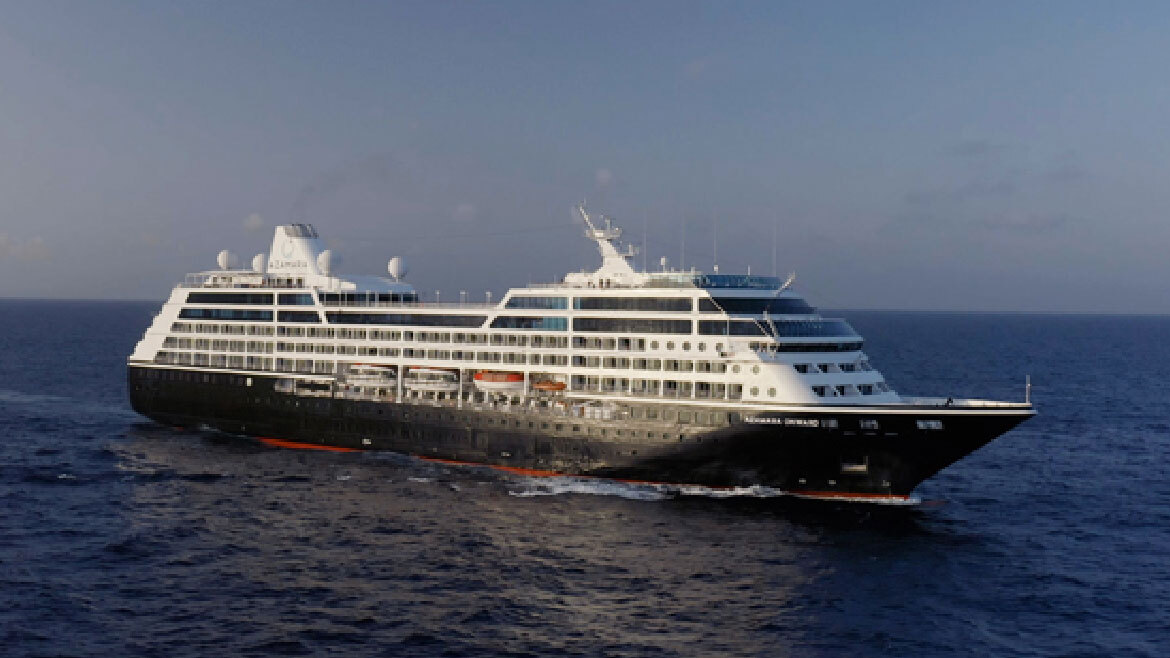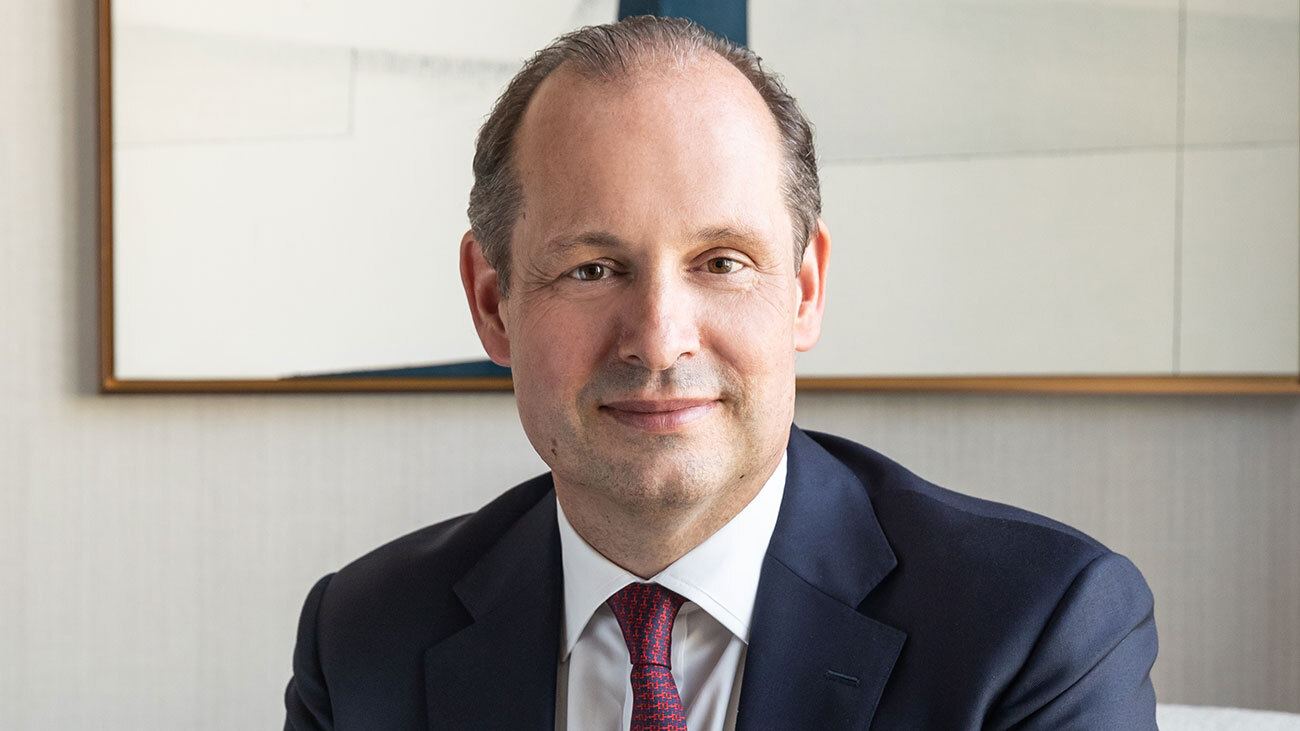Why Seoul is an unbeatable base for a South Korean adventure
Seoul sparkles. After dark, from the rooftop bar of my high-rise hotel on the Han River’s southern banks, I see a galaxy of red, white, green and orange lights twinkling back at me. Seoul is known as Asia’s ‘city that never sleeps’ – now, I can see why. The Korean capital’s 24-hour lifestyle offers ample opportunities to explore historic palaces, Buddhist temples, luxury shopping malls and spicy food: the tempting scent of beef sizzling on a Korean barbecue is never too far away, no matter the time of day.
With the astronomical rise of K-pop, K-dramas (such as SquidGame and Parasite) and K-beauty makeup and skincare in the past couple ofyears, Seoul is featuring on more travel wish lists – and with visa andEta-free travel to South Korea available to British travellers until the end ofthe year, there’s no better time to capitalise on the K-wave.
Why sell it
If your clients like Tokyo, they’ll love Seoul. Besides thesleek skyscrapers, there are picturesque and pagoda-packed palaces to discover,quiet hanok (traditional) villages tucked behind city blocks, gorgeous greenspaces or chimaek – chicken and beer picnics with fellow city-dwellers – pluspremium shopping aplenty. What sets Seoul apart, though, is its extrovertedyouth culture. Fashion from haute couture to street style is celebrated bySeoul’s inhabitants, and the bi-annual Seoul Fashion Week is setting trendsacross the world. Plus, the arts scene is undergoing a renaissance: in 2022,the Frieze Art Fair launched its inaugural Asia event in Seoul.
What’s new
Art in all its forms can be found in Gangnam – which Koreanmusician Psy made famous with his equestrian-style dance in 2012 (there’s evena sculpture of his hands there to prove it). The upscale district is a hub ofart museums and last September it welcomed a new White Cube Seoul gallery. Topartists such as Tracey Emin have already exhibited there, and in spring it willdisplay the works of the late Brazilian visual artist Lygia Pape.
For a forward-thinking attraction, the Seoul Robot & AIMuseum in Changdong opens later this year. The spaceship-shaped building willbe partially constructed by robots and drones, so the museum’s first exhibitionwill be the story of its own automated creation.
That’s not the only exciting opening coming to Changdong. IfK-pop is what’s calling clients, suggest they get tickets for a show at the28,000-capacity Seoul Arena – an entire stadium designed for K-pop tours,scheduled to open in 2025. Incheon airport is set to get a fourth runway by theend of the year.
Reflecting Korea’s growing popularity with long-haultravellers, international hoteliers have invested in Seoul: in 2022, theAmbassador Pullman reopened after a top-to-toe-renovation (new pools and aPilates room are among the revitalised facilities), while an aviation-inspiredLe Méridien welcomed its first guests in November 2022. And there’s even moreluxury to look forward to, with a 250-room Rosewood – complete with an indoorgolf facility – opening next to Yongsan Park in 2027.
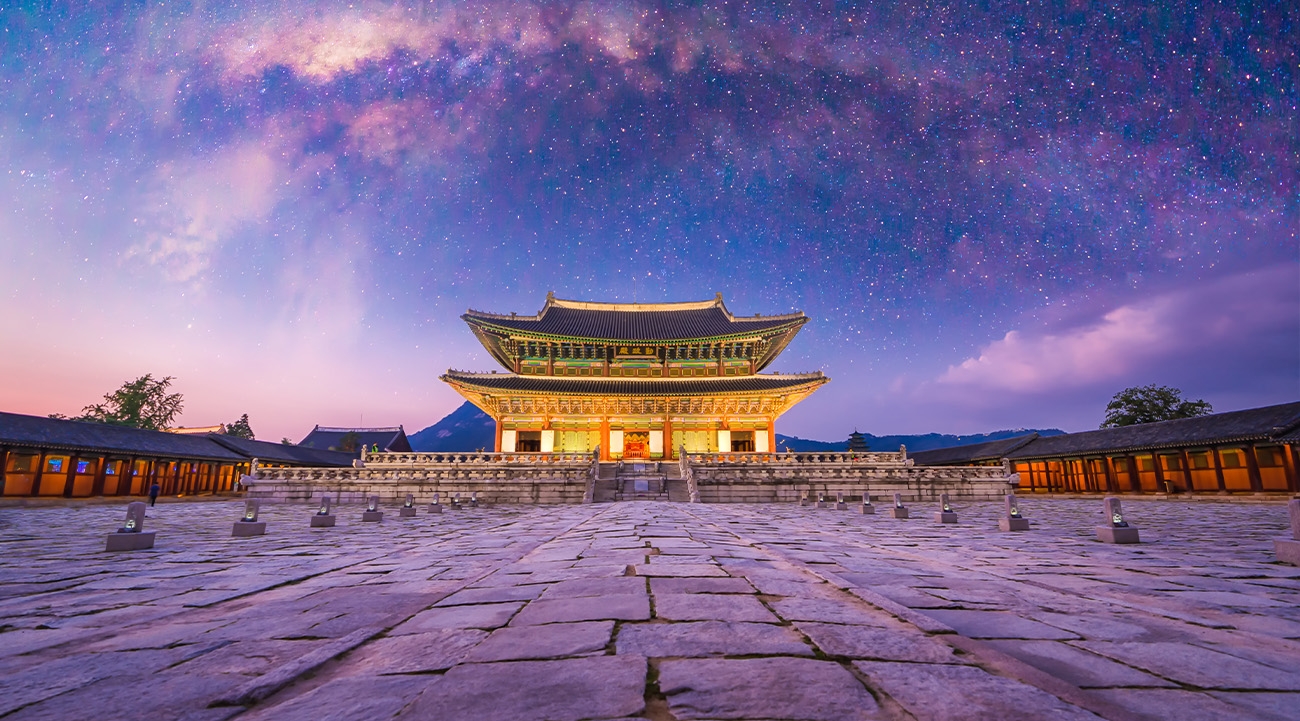
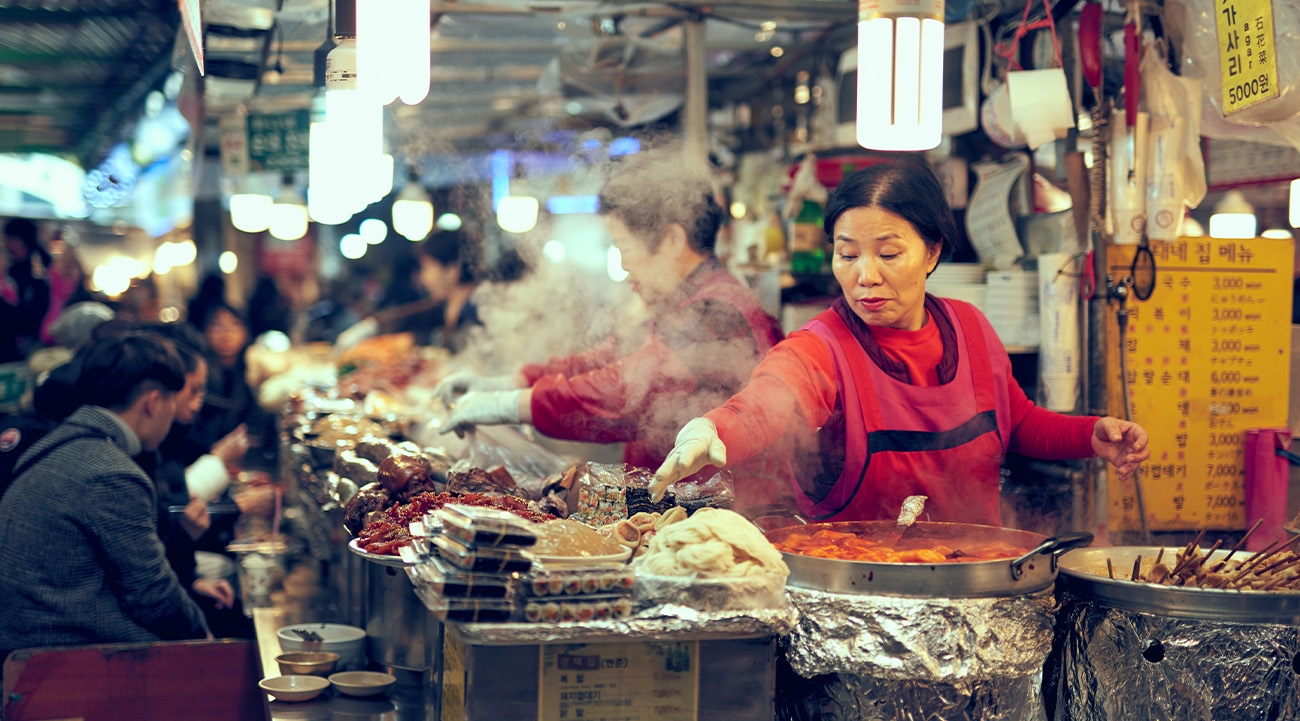
When to go
To see Seoul in full bloom – when the pink cherry blossom trees burst into life in palaces, parks and pristine urban spaces – the first couple of weeks in April are best. April and May generally offer mild weather with highs of 17C-23C, sunshine and plenty of festivals. Summer in Seoul can be warm and humid, but September to November are good months to go.
Where to stay
That depends on what sort of Korea clients want to experience – uber-modern, heritage or a mix of both. Situated in Seoul’s financial district, Conrad is a favourite of A-listers: while I was staying, fans gathered outside for a glimpse of Tottenham Hotspur captain Son Heung-min. Further east along the Han River is Signiel, housed in Korea’s tallest building with rooms stretching to the 101st floor – guests can immerse themselves in local culture in Korean rooms with wooden bathtubs.
Also nearby is the elegant, French-styled Sofitel Ambassador. Four Seasons Hotel Seoul is the perennial luxury choice, positioned in the very heart of the city. It takes inspiration from its Korean surroundings with its decor, Kyeong Rak deep tissue massages and excellent range of exploratory excursions in Seoul and beyond. For a taste of tradition (without sacrificing comfort), suggest Nostalgia, a collection of historic Korean homes-turned-holiday-lets in Bukchon Hanok Village. In 2024, two new hanok stays will open, where guests can pad on underfloor heating between the art-filled bedrooms and pebbly Korean garden.
What to do
To appreciate Seoul and its story, a history lesson comes in handy. Cue the National Museum of Korea, which houses some of Korea’s finest treasures, including towering jade-encrusted crowns dating back to the fifth to seventh centuries. Korea’s modern history, however, is marred by the Korean War (1950-1953), which saw the peninsula divided into North and South Korea.
Learn more at the War Memorial of Korea, a vast museum that documents the country’s 20th-century military involvements, displaying poignant empty tanks, family medals and the names of deceased service people inscribed along a memorial walkway. To see Seoul from up high, take to the top of Namsan Mountain’s colour-changing N Seoul Tower for bird’s-eye views of the streets, where hypnotic light installations inside the tower are almost as good as the views outside. When hunger strikes, head down Namsan in a cable car to fill up on homemade noodles or crisp[1]fried mung bean pancakes at Gwangjang Market.
What to see
Start with a selection of Seoul’s five imperial palaces. Gyeongbokgung is the biggest former royal residence. Originally built in 1395, its ornate dragon carvings, primary-coloured throne room and breathtaking grounds can take half a day to explore. Advise clients to be by the main gate at 10am and 2pm, when changing of the guards takes place. Changdeokgung, Seoul’s secondary palace, has a spellbinding secret garden filled with junipers and ponds covered in lotus flowers.
Deoksugung, meanwhile, features Korea’s first examples of European architecture, including a stately home esque building that now serves as a museum. The sight of both Koreans and tourists donning traditional hanbok (Korean clothing) isn’t uncommon at historic sites – women wear elegant tulip shaped skirts in bright hues, while men don long, navy tunics.
Besides making for a great photo, there’s a practical reason to dress for the occasion: hanbok wearers get free entry to all the palaces. Seoul’s spiritual side shouldn’t be neglected. Jogyesa Temple is one of the most important sites for Korean Buddhists. The faithful enter by bowing to the ground three times, before entering the temple barefoot and greeting three golden statues of Buddha.
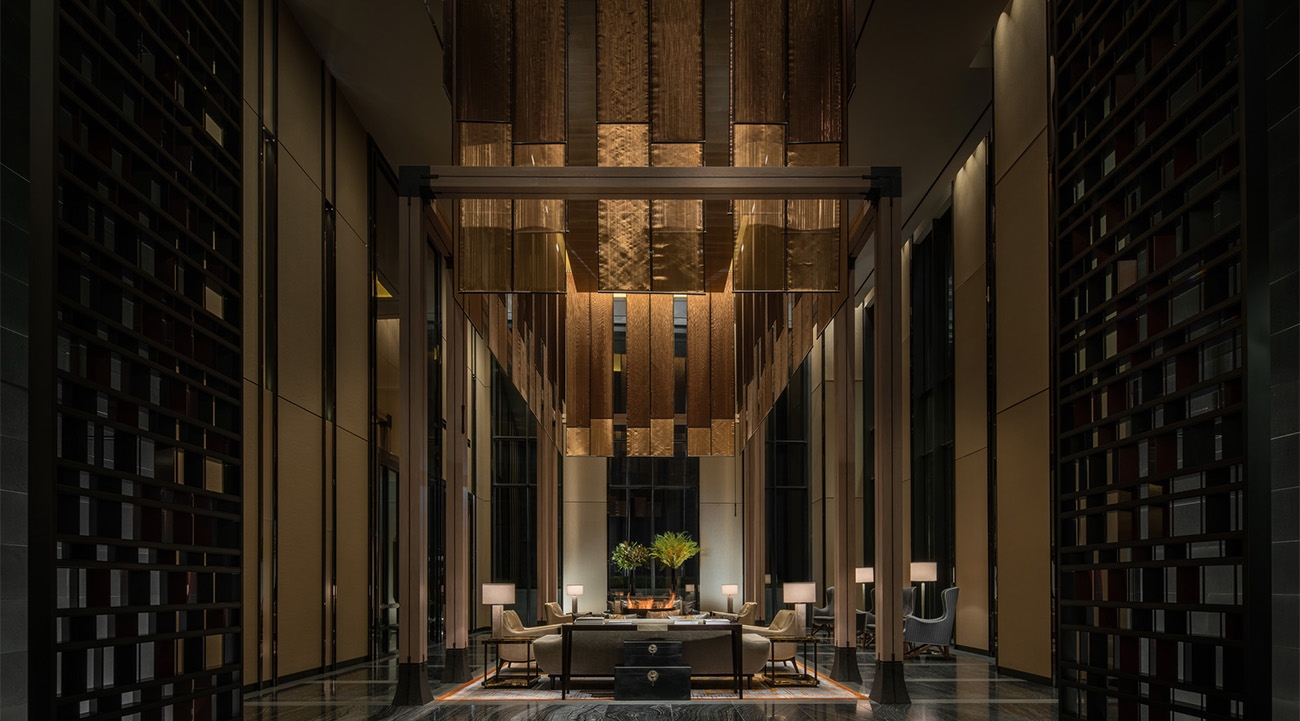

Where to dine
In Korea, food is synonymous with medicine, family and the natural world, so expect love ladled into every dish. Seoul currently has 33 Michelin starred restaurants: double Michelin starred Jungsik prides itself on seasonal cuisine with a flawless attention to detail – the name does translate to ‘proper cuisine’, after all – while triple starred Mosu adds a European twist to its tasting menus.
Newcomer Jeuen offers perfectly presented small plates, based on traditional Korean dishes from the chef’s childhood, using local and seasonal ingredients. Plant based food isn’t always easy to come by in Seoul, but Green Michelin starred A Flower Blossom on the Rice delivers. The signature dish is vegan friendly bojagi bibimbap; quite literally, a flower blossom served on rice.
Pair it with
Triple-peaked Bukhansan is the highest mountain within Seoul’s city limits, reaching almost 840 metres into the sky. My guide, Roger Shepherd of HikeKorea, describes the sugarloaf-shaped granite summits as the “epitome of the Oriental landscape”. They play an important part in Seoul’s identity, having kept invaders out of the Korean capital for centuries. Along the ridge is a part of an 18th-century fortress wall, which climbs and undulates with the contours of the forest.
Although the quickest path to the highest peak, Baegundae – where you can pose next to a Korean flag or sit down and admire the cityscape – is just under three miles, I find it a tough challenge, clambering over boulders at the bottom and hauling my bodyweight up via ferratas close to the top. However, with trickling streams, tiny waterfalls, chants from the hermetic monks at the mountain shrine and uniquely Korean foliage lining the path, it’s a total change of scenery from Seoul’s urban sprawl – an entirely peaceful and timeless place to spend a day, despite the fact it receives five million visitors a year.
Book it: A seven-night stay at Four Seasons Hotel Seoul with Bamboo Travel costs from £2,995 per person, inclusive of flights, transfers & B&B, based on two people sharing a Deluxe King Room.
bambootravel.co.uk

